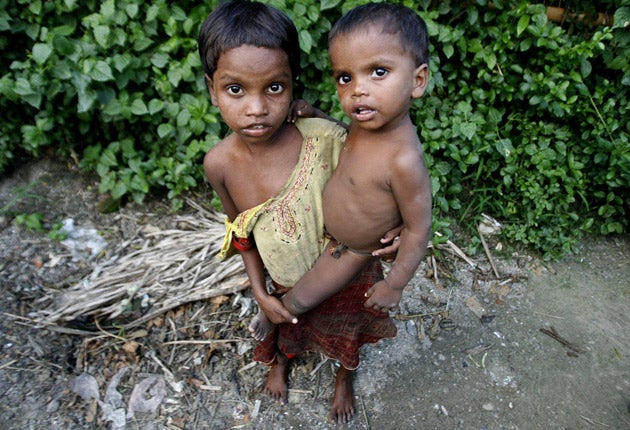Scientists find lifesaver for India – rice that doesn't have to be cooked

It sounds too good to be true. But if Indian scientists are correct, hundreds of millions of people across the subcontinent could benefit from a specially-developed strain of rice that "cooks" simply by being soaked in water.
Experts at the Central Rice Research Institute (CRRI) in Orissa who have developed the grain were inspired by so-called soft rice, or komal saul, that grows in the north-east Indian state of Assam. Traditional recipes call for such rice to be soaked overnight in water, then eaten with mustard oil and onions.
Until now, these low-yielding grains have not grown outside the north-east, but the scientists at CRRI have managed to develop a hybrid of a traditional soft rice with a high-yielding variety of regular rice. The result has been called Aghunibora.
The institute's director, Dr TP Adhya, said field trials of the new hybrid were already positive, suggesting that it could be grown in different climates across India. "This is the first time soft rice has been grown anywhere else," he said. "We are testing it now and it is growing here in Orissa where the humidity is very high and the temperature range is higher than in Assam."
The aim, he said, was to produce a grain that would allow people across the country to prepare the rice "simply by putting it in water". In a country where malnutrition remains rampant, the grains could prove a crucial weapon against hunger. For all of the advances made by India's economy since the liberalisation of the early 1990s, the country has a third of the world's malnourished children.
A report by the UK-based Institute of Development Studies said that while India's GDP per capita grew by an average of 4 per cent between 1980 and 2005, the percentage of underweight children under three fell from just 52 to 46 over the same period.
"Normally, we expect economic growth and improved nutrition to go hand-in-hand but at the current rate India will not reach the Millennium Development Goal – to reduce the number of people suffering from hunger by 50 per cent by 2015– until 2043," the report said. "By failing to reach this target, the Indian government is condemning a further generation to the brain damage, poorer education and early death that result from malnutrition."
Join our commenting forum
Join thought-provoking conversations, follow other Independent readers and see their replies
0Comments